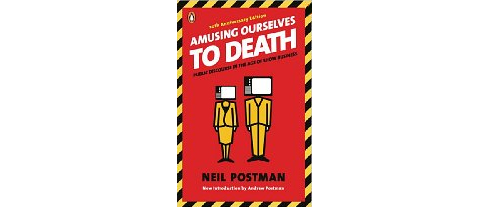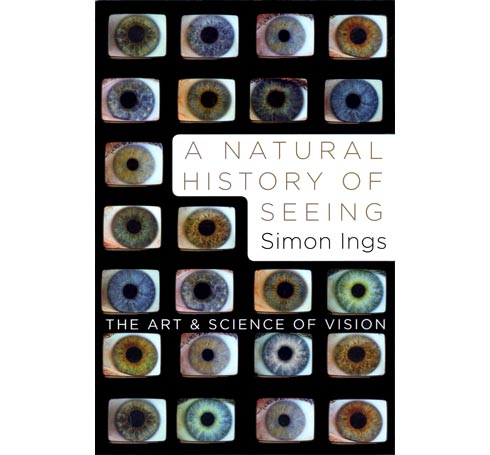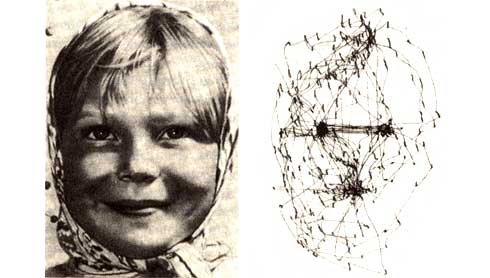Why hasn’t a Chiropractor won a Nobel Prize?
December 9, 2008
Is this a legitimate question: why hasn’t a chiropractor won a Nobel Prize?
M.D.’s have won them. Mathematicians have won them. Physicists have won them. Professors, academic and medical researchers have won them. Even lawyers have won Nobel Prizes. So, really, how stringent must the vetting process be?
They gave Henry Kissinger half of a Nobel Peace Prize (one he shared with Le Duc Tho, the Communist leader of North Viet Nam) in 1973 for negotiations over a war that didn’t end until 1975.
How come no acupuncturists have won a Nobel Prize? How come no reflexologists have won a Nobel Prize? Why have no homeopaths won a Nobel Prize?
Are these legitimate questions? Does the lack of recognition by the Nobel Prize committee mean that there’s been no benefit, no advance of human knowledge in these fields?
I know what my answer to that question would be. But what do you think?
Inside Dogfighting Culture
December 9, 2008
Over 17 months, the agents from the Texas state police penetrated a murky and dangerous subculture in East Texas, a world where petty criminals, drug dealers and a few people with ordinary jobs shared a passion for watching pit bulls tear each other apart in a 12-foot-square pit. . .Besides a cadre of older, well-established dogfighters, officials said, the sport has begun to attract a growing following among young people from hardscrabble neighborhoods in Texas, where gangs, drug dealing and hip-hop culture make up the backdrop.
—from the New York Times, complete article here.
This was described as one of the country’s largest dog fighting operations; 187 pit bulls were seized and 80 of them have already been euthanized.
It’s hard for me to wrap my head around this. What could possibly drive this need for such cruel entertainment? Have we made no progress at all from the days of the Roman coliseum? Or England in the 1600s?
Shakespeare’s Globe Theater was in a London district that included brothels, taverns and ‘bear gardens’ where a staked and chained bear was set upon by hunting dogs, the precursors of today’s pit bulls. King Henry VIII and Queen Elizabeth I were great fans of ‘bear baiting.’
At the Paris Garden in Southwark, London’s most famous bear garden, a pony with an ape tied to its back was once baited as a ‘novelty.’ A Spanish nobleman reported that “. . .the screaming of the ape, beholding the curs hanging from the ears and neck of the pony, is very laughable.” Source.
Isn’t it crazy that in the 21st century some of us still consider watching canine gladiators mutilate and kill each other a ‘sport?’
Our lifestyle is so privileged. Our need for sensation is so raw and hungry. We turn dogs into killing machines without understanding that we are the ones who are debased by this, not the pit bulls.
What can explain this?
The majority of the American public has been coerced? seduced? into a child-like state where critical thinking and responsibility are shunned and consumption is the ultimate value. Rational discourse is limited and the public debate is conducted in sound bites and dominated by shouting extremists.
You have to be shrill and outrageous in order to cut through the media clutter. But the audience quickly becomes desensitized and needs an ever-increasing amount of shock value to maintain their loyal attention (and the advertising dollars that flow from that attention).
That’s my opinion. Here are some of the facts.
At 300 million we are 5% of the world’s estimated 6.5 billion population and we consume 24% of the world’s energy resources. 2.8 billion people across the globe struggle to survive on the equivalent of $2 US dollars a day and something like 1.7 billion people don’t have ready access to clean drinking water. Source. Source.
Americans spent $9.63 billion dollars going to the movies in 2007. The average annual outlay per person for entertainment [ broadcast and cable TV, movies, magazines, newspapers, books and Internet service ] is $848.46. Source.
Of course, a small fraction of this figure is for information and that’s not broken out in these numbers. But I think you will agree that the overwhelming majority of this consumption is for entertainment, not education or news.
There’s a classic book published back in 1985 that today seems prophetic: Neil Postman’s Amusing Ourselves to Death. I urge you to get a copy, read it, and then consider how much worse things are now more than 20 years later.

Does any of this explain the dark heart of the desire to see animals fight for our entertainment? Is this ugliness simply a part of human nature? Of course it is, I think sadly. Don’t be so naive, I tell myself.
I’m reminded of the exchange between Humphrey Bogart and Katherine Hepburn in The African Queen:
Charlie Allnut: A man takes a drop too much once in a while, it’s only human nature.
Rose Sayer: Nature, Mr. Allnut, is what we are put in this world to rise above.
“A Natural History of Seeing” by Simon Ings
December 3, 2008

Light hits a rod in my eye, and bleaches pigment within. A cascade of chemical events shuts down the rod’s ‘ion channels’ — proteins that pass an electrical current around the cell. With its ion channels shut down, production of a chemical, glutamate, is stopped. This sudden chemical ‘silence’ excites a neighbouring nerve sell and sets it chattering. News passes from neighbour to neighbour, from nerve cell to nerve cell: the beginning of vision.
Novelist and science writer Simon Ings has produced a phenomenal book on vision, one that contains gems of information on every page. This is selling science to the public at the highest level; one that is as engaging and compellingly readable as any commercial thriller starring a government assassin named Bourne or Bond. Everyone with eyes should read this book. Get your copy here.
Here’s one example: below is a reproduction of Alfred Yarbus’ record of eye movements while studying a picture of a girl’s face. The jittery line drawing on the right shows how frantic our eye movements are, even when we believe we are taking in an object ‘at a glance.’

“. . .in reality my eyes are never still. Every third of second they jolt or ‘saccade’ moving my gaze from one part of an object to another. My single ‘glance’ is a multitude of little fixations, not unlike the twitching of an insect’s antennae, or a mouse’s whiskers. . .”
